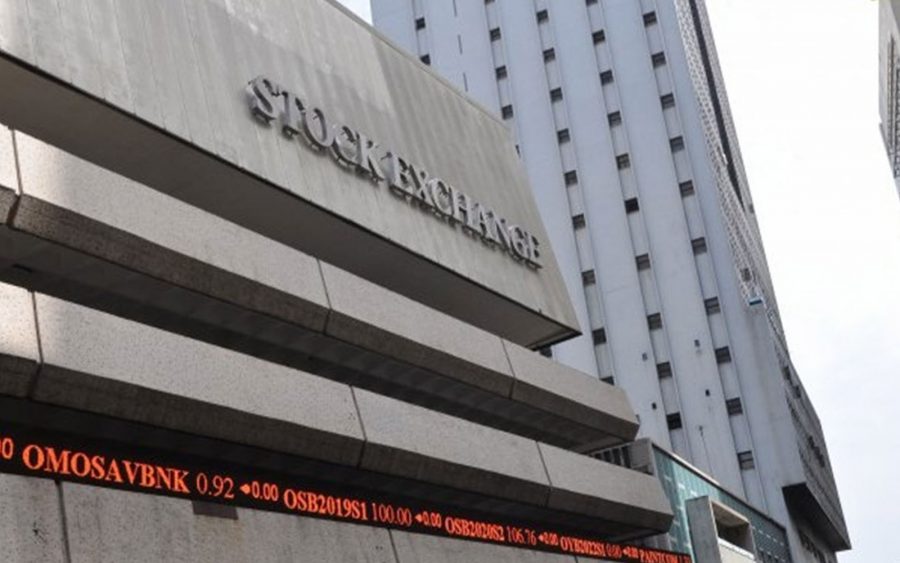In the short run, investment success can be accomplished in a myriad of ways. Speculators and day traders often deliver extraordinary high rates of return, sometimes within a few hours. Generating a superior rate of return consistently over a further time horizon, however, requires a masterful understanding of the market mechanisms and a definitive investment strategy. Two such market players fit the bill: Warren Buffett and George Soros.
Warren Buffett Known as “the Oracle of Omaha,” Warren Buffett made his first investment at the tender age of 11. In his early 20s, the young prodigy would study at Columbia University, under the father of value investing and his personal mentor, Benjamin Graham. Graham argued that every security had an intrinsic value that was independent of its market price, instilling in Buffett the knowledge with which he would build his conglomerate empire. Shortly after graduating he formed “Buffett Partnership” and never looked back. Over time, the firm evolved into “Berkshire Hathaway,” with a market capitalization over $200 billion. Each stock share is valued at near $130,000, as Buffett refuses to perform a stock split on his company’s ownership shares.
Warren Buffett is a value investor. He is constantly on the lookout for investment opportunities where he can exploit price imbalances over an extended time horizon. Buffett is an arbitrageur who is known to instruct his followers to “be fearful when others are greedy, and be greedy when others are fearful.” Much of his success can be attributed to Graham’s three cardinal rules: invest with a margin of safety, profit from volatility and know yourself. As such, Warren Buffett has the ability to suppress his emotion and execute these rules in the face of economic fluctuations.
George Soros Another 21st century financial titan, George Soros was born in Budapest in 1930, fleeing the country after WWII to escape communism. Fittingly, Soros subscribes to the concept of “reflexivity” social theory, adopting a “a set of ideas that seeks to explain how a feedback mechanism can skew how participants in a market value assets on that market.”
Graduating from the London School of Economics some years later, Soros would go on to create the Quantum Fund. Managing this fund from 1973 to 2011, Soros returned roughly 20% to investors annually. The Quantum Fund decided to shut down based on “new financial regulations requiring hedge funds to register with the Securities and Exchange Commission.” Soros continues to take an active role in the administration of Soros Fund Management, another hedge fund he founded.
Where Buffett seeks out a firm’s intrinsic value and waits for the market to adjust accordingly over time, Soros relies on short-term volatility and highly leveraged transactions. In short, Soros is a speculator. The fundamentals of a prospective investment, while important at times, play a minor role in his decision-making.
In fact, in the early 1990s, Soros made a multi-billion dollar bet that the British pound would significantly depreciate in value over the course of a single day of trading. In essence, he was directly battling the British central banking system in its attempt to keep the pound artificially competitive in foreign exchange markets. Soros, of course, made a tidy $1 billion off the deal. As a result, we know him today as the man “who broke the bank of England.”
The Bottom Line Warren Buffett and George Soros are contemporary examples of the some of the most brilliant minds in the history of investing. While they employ markedly different investing strategies, both men have achieved great success. Investors can learn much from even a basic understanding of their investment strategies and techniques.
Culled from Investopedia






![[The Nigerian Economy Daily] FG has approved the closure of five foreign missions and embassies](https://nairametrics.com/wp-content/uploads/2017/05/nigerian-economy-today-1.jpg?resize=350,250)











Nice expose,another person you might add to your list is james simons,another hedge fund guy and maths wiz.A striking similarity is the high level of intelligence and specializiation,their self belief and confidence is mind boggling
Would be nice to dig something up about him too. Thx for the tip